Info, news & debate
Low-impact clothes
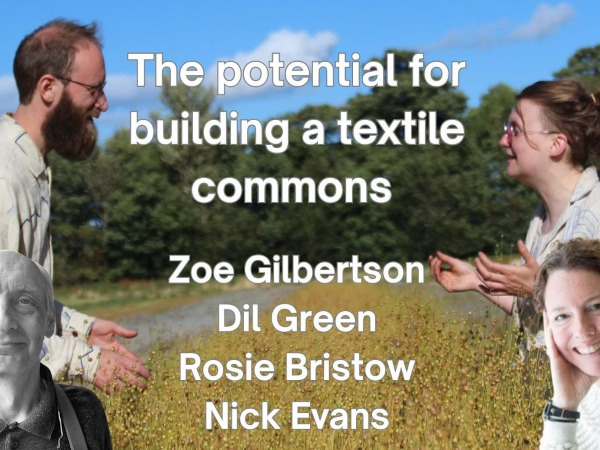
The potential for building a textile commons
This is the third in a series of interviews about the potential for commoning the textile industry. If you’re interested in commons, it’s a fascinating conversation about what commons might look like in a specific sector like textiles, and how we might get there.

Commoning the flax/textile industry: Dil Green of Mutual Credit Services
I’m talking with Dil Green of Mutual Credit Services, who design models for building the commons in all sectors of the economy. Today we’re talking about building a textile commons around the flax / linen industry.
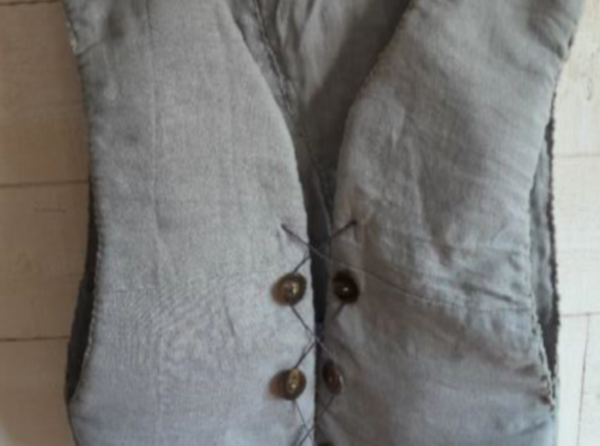
Making an evaporative cooling vest from natural materials
Doing agricultural or building work in an ever-hotter world will become more and more difficult and dangerous in future. Evaporative cooling vests exist to help people stay cool and safe whilst doing heavy, hot work. Here, Geoffroy Levy describes his ideas for a DIY evaporative vest made from natural materials.
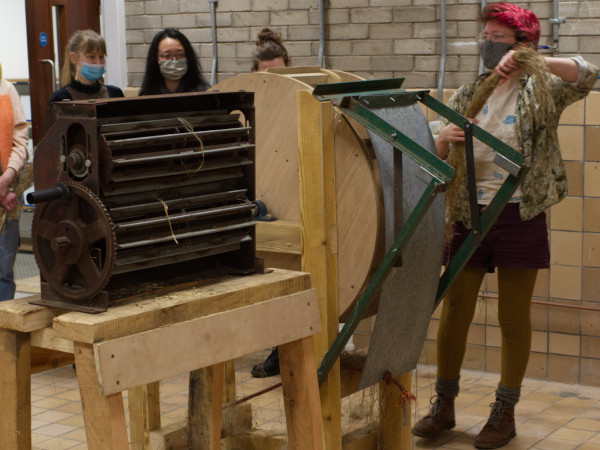
Rebuilding the flax / textile industry as a commons: Fantasy Fibre Mill
Dave Darby of Stroud Commons and Lowimpact.org talks with Rosie Bristow and Nick Evans of Fantasy Fibre Mill, working to resurrect the flax / linen industry in the UK, as a commons.
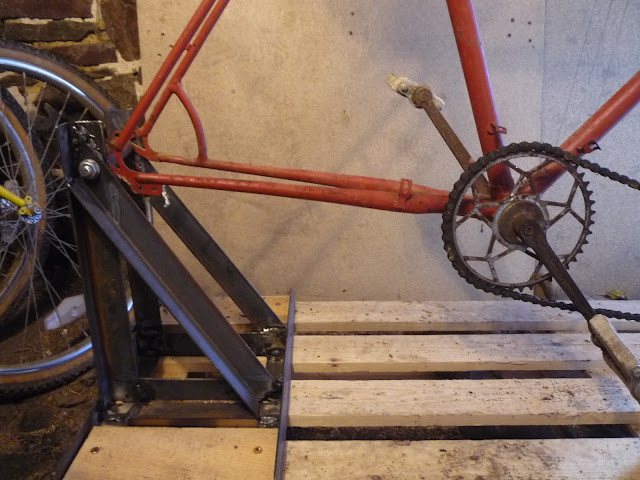
How to Convert your Washing Machine to Pedal Power 1 – The Basic Model (Front-loader)
Convert your washing machine to pedal power!
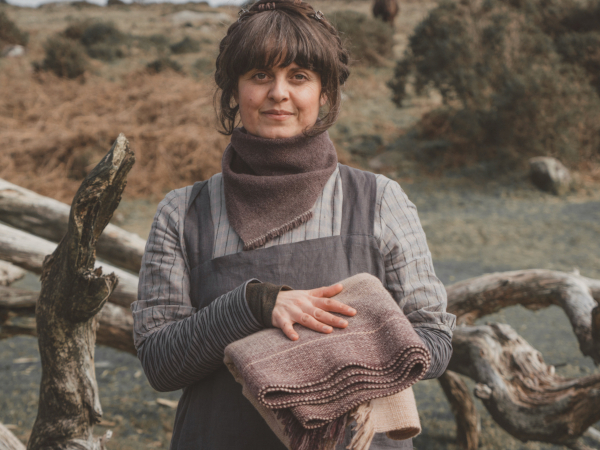
Building back differently: peasant economics and heritage craft
If a fair share of the planet is a couple of ‘useful’ global hectares per individual, the planet could sustain about 10 billion people living primitively.
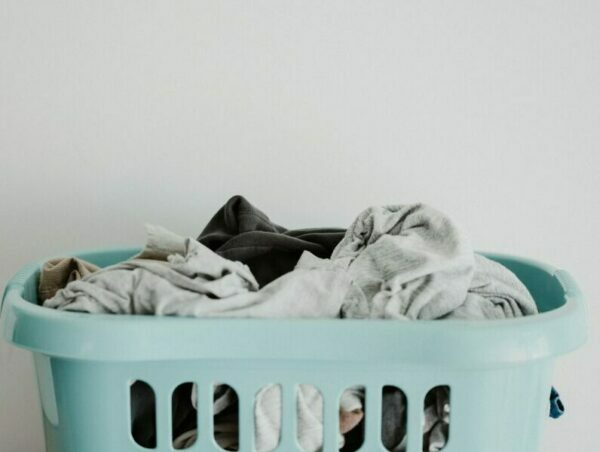
Eco-friendly laundry: 12 easy tips to reduce your environmental impact
12 easy ways to make your laundry eco-friendly.
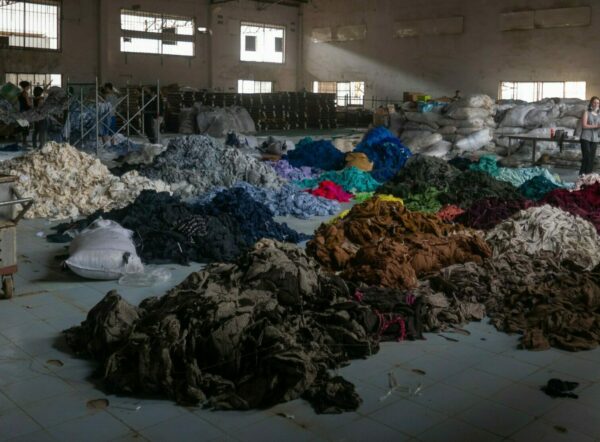
How sustainable is fashion? Fashion Reimagined: A review
Fashion Reimagined is a documentary film that will make you rethink what can be achieved in sustainable fashion.
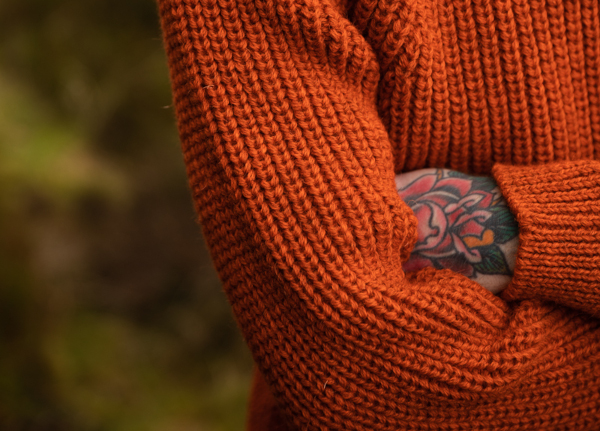
The return of local, natural fabrics and low-impact clothing
A recent surge in small ethical brands marks a new wave of a textile economy with a lower impact on the earth. Below are ten places you can find UK-made low impact goods.
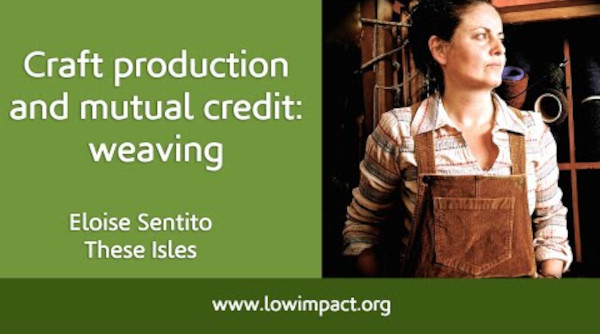
Craft production, prices and mutual credit: weaving
This is the third and final part of an interview with weaver and mutual credit enthusiast Eloise Sentito of These Isles, in which we talk about the prices of craft produce, and how mutual credit can help. Part 1 contained advice for anyone considering a career as a weaver, and part 2 was about the …
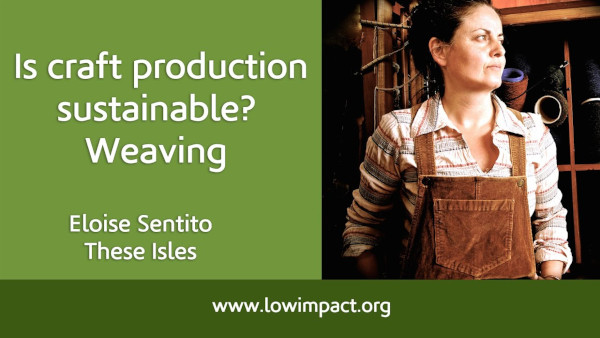
Is craft production sustainable?
At Lowimpact.org we’re interested in helping to bring production back to communities, and so we’re talking with craftspeople, smallholders, natural builders, renewables installers and small business owners in our range of topics. I’ll be asking them about their jobs, and for advice for people who might be interested in doing similar things.
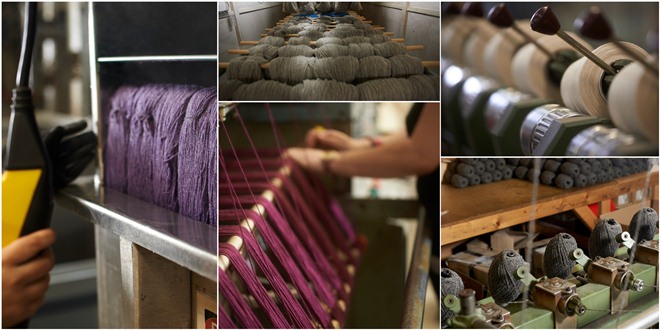
The Wool Journey Part 15: labelling yarn
Sue Blacker takes us on a final tour of The Natural Fibre Company’s spinning mill to learn all about labelling yarn. Turns out there’s plenty to it!
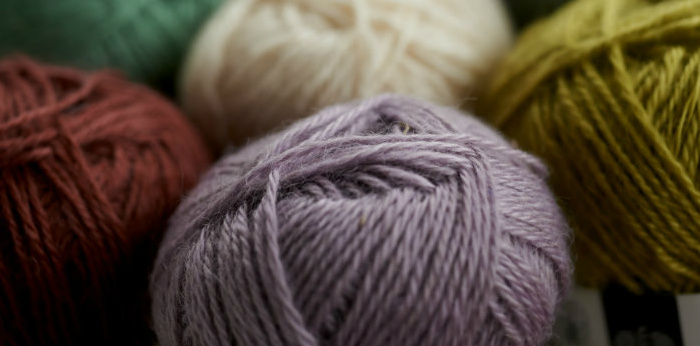
The Wool Journey Part 14: the final wool yarn and packaging
The yarn is ready to package up at The Natural Fibre Company’s spinning mill, as Sue Blacker shares the final leg of The Wool Journey.
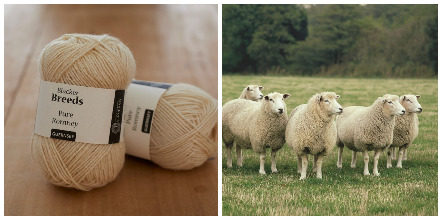
The Wool Journey Part 13: single versus plied yarn and the bulking of wool
The Wool Journey returns, as The Natural Fibre Company’s Sue Blacker explores the question of single versus plied yarn and an intriguingly named tool called the Bulkometer.
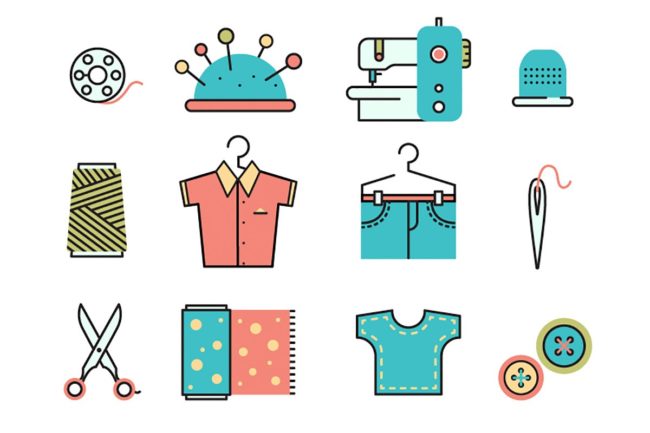
Repair & maintain: how to keep your beloved clothes in your life for longer
Keen to repair your clothes? You’re not alone! We hear from Anca at Ethical.net about a growing movement challenging fast fashion.
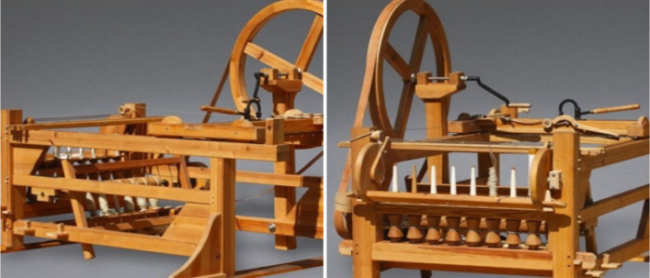
The Wool Journey Part 12: spinning at last!
In Part 12 of The Wool Journey, spinning commences at the Natural Fibre Company mill in Cornwall. Over to Sue Blacker to tell us more…
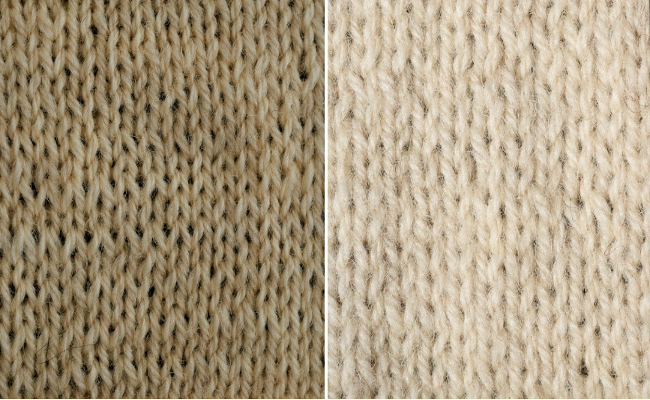
The Wool Journey Part 11: which yarn to make?
Sue Blacker of The Natural Fibre Company continues The Wool Journey with the all of important question: which yarn to make?
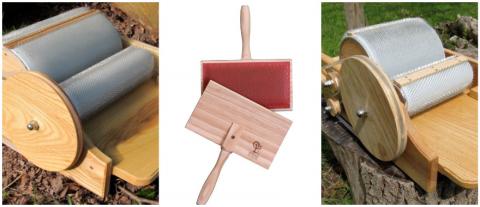
The Wool Journey Part 10: using traditional carding machines
In the tenth installment of The Wool Journey with Sue Blacker at The Natural Fibre Company, we learn about the next stage of preparing wool to spin, using traditional carding machines.
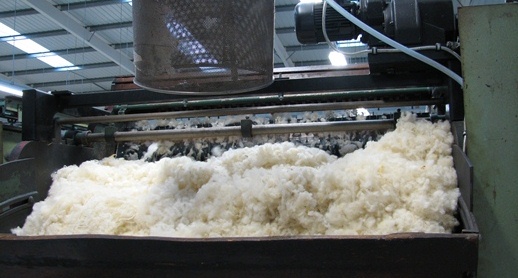
The Wool Journey Part 9: the first stages of preparing to spin
In Part 9 of The Wool Journey guest blog series from The Natural Fibre Company, Sue Blacker takes us through the first stages of preparing to spin, featuring the Fearnaught machine and more.
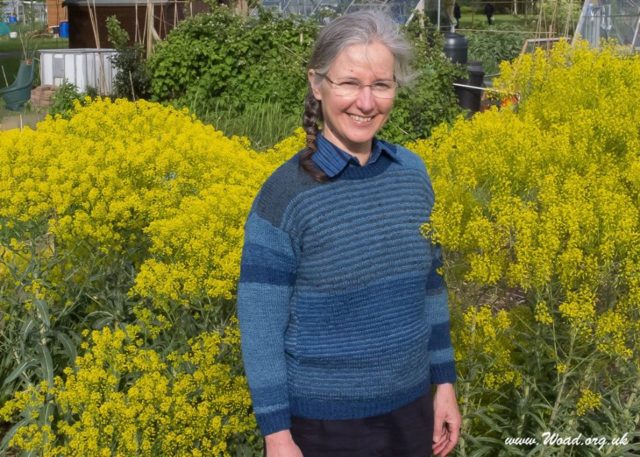
How to grow your own woad: from seed to harvest
A natural dye you can harvest from the garden, textile artist Teresinha Roberts of Wild Colours explains how to grow your very own ‘indigo’ woad plant.
